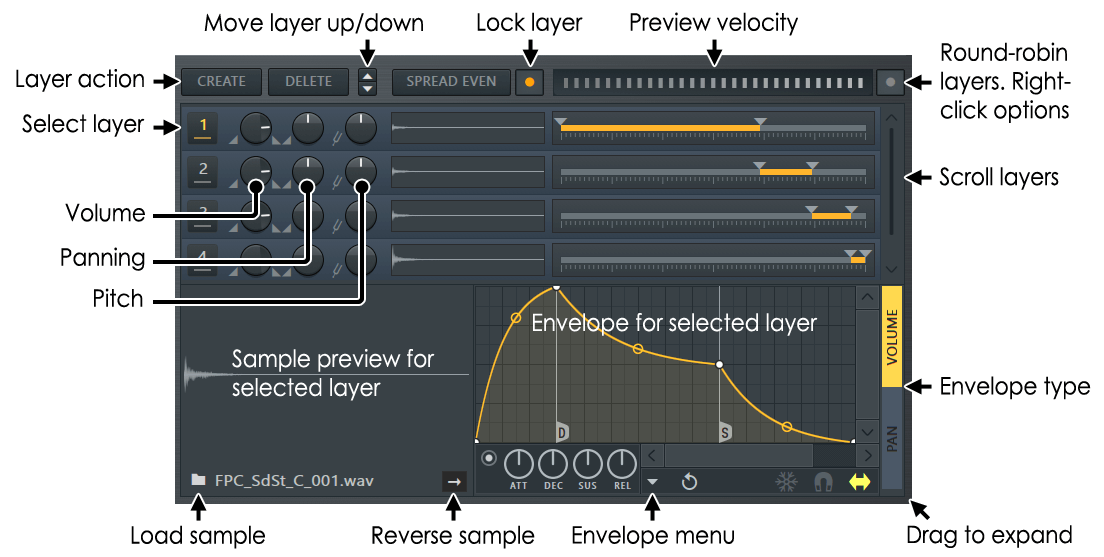
Making ambient music is all about subtlety. But be sure to set some time aside if you do – the more raw materials you’re working with, the more time it’ll take you to sculpt your otherworldly sounds. However, if you’re feeling frisky and want to add even more options into the mix, introduce some more plug-ins to the signal chain. Given the amount of variables available when you take into account all the potential automation and parameters, two synth plug-ins is plenty. When you incorporate these options and parameters with some well-drawn automation, you’re almost guaranteed to get distinctive and compelling pads that you can call your own.Īs before, in this tutorial, we’re using only 3xOSC and Fruity DX10 and we’d recommend you do the same. You can add effects plug-ins to individual synths too, giving you total control over different layers of sound. One of the advantages of plug-ins such as this, however, is that they also allow you to use each synth separately – ideal if, for example, you’re creating a build-up or break and want to capitalise on a single synth’s characteristics. With this plug-in, you can have both synths react when you hit a key. Here, we’ve selected native FL Studio plug-ins 3xOSC, a three-oscillator subtractive synthesiser, and Fruity DX10, an eight-voice polyphonic FM synth, and will combine them using Layer. It’s important to pick a synthesiser with a lot of options or, alternatively, to combine multiple sounds or synths to form something singularly unique. These will be the essence of your ambient track, and will open your sounds up and make them more human (or not, if that’s your preference). In FL Studio, you’re free to run numerous automations simultaneously.

Layer cakeįor our purposes, automation might mean something as simple as turning up the volume of a particular sound as the song builds. Even small adjustments can be enough to drastically alter the course of your sounds. To achieve this, we advise using automation to push and pull your pads across a host of different parameters. The key to designing strong and spellbinding pads is knowing how to sculpt and conduct their progression. These stretched-out sounds with prolonged attack and release periods are usually the subject of evolving modulation that builds and releases tension, shaping the sounds as they move.

You’re probably familiar with pads already – and, if not, see our introductory feature on the joys of them here. Think of the tips and tricks you’ll pick up in this tutorial as broad pointers that can be applied to many projects and compositions.

You’ll find them in electronic genres such as house and techno, where they’re often used to establish atmospheres, or as epic introductions before being shattered by the song’s beat. But ambient sounds aren’t limited to their titular genre.


 0 kommentar(er)
0 kommentar(er)
